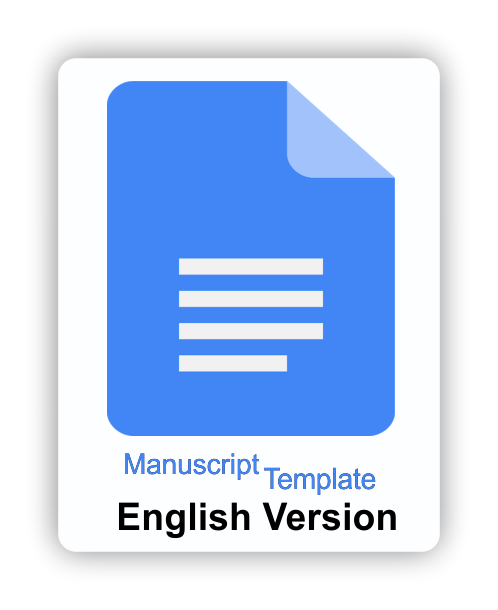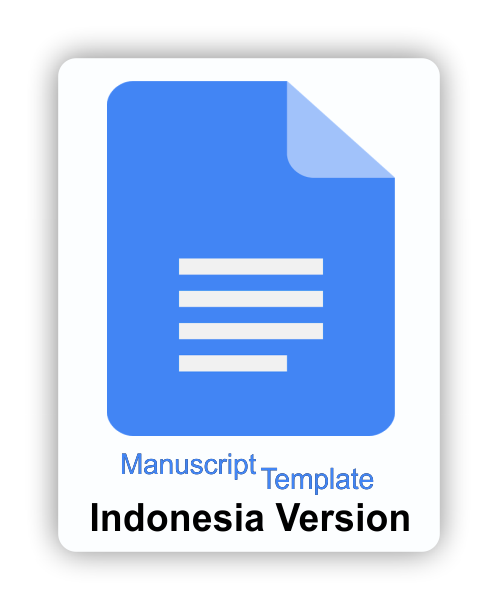Research on the implementation status and improvement strategies of cloud classroom personality teaching in elementary schools
Downloads
Anshari, M., Alas, Y., & Guan, L. S. (2016). Developing online learning resources: Big data, social networks, and cloud computing to support pervasive knowledge. Education and Information Technologies, 21, 1663–1677. https://doi.org/10.1007/s10639-015-9407-3
Bangqi, Liu., Xinyu, Li., & Tingting, Y. (2019). Innovation and applied research of subject teaching model based on wisdom classroom. Audio-Visual Education Research, 4, 7. https://doi.org/10.13811/j.cnki.eer.2019.04.011
Bell, B. S., & Federman, J. E. (2013). E-learning in postsecondary education. The Future of Children, 165–185.
Chun, Z. (2017). Personalized teaching research in cloud education environment. Chongqing. (Doctoral Dissertation, Southwest University).
Gao yu, & H. yuanyuan. (2020). Strategies for Cultivating Students' Imagination in Picture Book Teaching. Fujian Education Journal. Fujian Education Journal, (13):48-49.
Jin, K. (2016). Personalized learning with technical support: a new trend for student development. China's Electrical Education, 4.
Jing, Wang., & Zhuo, Y. (2017). Hybrid teaching model design based on cloud classroom "” Take Hua Shiyun classroom as an example. China's Electrical Education, 04(5).
Juan, G. (2014). The construction of network teaching resource platform in cloud computing environment. Journal of Shijiazhuang Vocational and Technical College, 3, 26(4).
Min, Q., Wang, Z., & Liu, N. (2019). Integrating a cloud learning environment into English-medium instruction to enhance non-native English-speaking students' learning. Innovations in Education and Teaching International, 56(4), 493–504. https://doi.org/10.1080/14703297.2018.1483838
Outline of the National Medium- and Long-Term Education Reform and Development Plan. (n.d.).
Rashid, Y., Rashid, A., Warraich, M. A., Sabir, S. S., & Waseem, A. (2019). Case Study Method: A Step-by-Step Guide for Business Researchers. International Journal of Qualitative Methods, 18.
Snyder, H., Witell, L., Gustafsson, A., Fombelle, P., & Kristensson, P. (2016). Identifying categories of service innovation: A review and synthesis of the literature. Journal of Business Research, 69(7). https://doi.org/10.1016/j.jbusres.2016.01.009
Xu, X., Chan, F. M., & Yilin, S. (2020). Personal learning environment: an experience with ESP teacher training. Interactive Learning Environments, 28(6), 779–794. https://doi.org/10.1080/10494820.2018.1552872
Yun, Yang, & Xianjin, Z. (2018). The Dilemma of Cloud Classroom Teaching and Beyond. Fujian Education Journal, 1, 29.
Zhang, Yan., Hare, Jonathon., Prí¼gel-Bennet, A. (2018). Learning to count objects in natural images for visual question answering. ICLR.
The journal allows the author(s) to hold the copyright without restrictions. Finally, the journal allows the author(s) to retain publishing rights without restrictions
 | Jurnal Inovasi Teknologi Pendidikan by http://journal.uny.ac.id/index.php/jitp is licensed under a Creative Commons Attribution-ShareAlike 4.0 International License. |























